
Whether you are selecting litter for a new arrival to the family or trying to change the type your cat is using, getting the right product is important. Why? Because if your cat doesn’t like your choice, they will make alternate arrangements to deposit their waste and that can be extremely unpleasant. So how do you choose the right cat litter?
There are many factors that influence what type a cat will accept and these are mostly based on their experiences – what they used as a kitten, what they have used so far as an adult, any bad experiences they have had. So while you can’t interview your cat to find out about these preferences, gentle experimentation is often the best way.
Changing cat litter type is a bit like changing cat litter box type – do it gradually and have a backup box around to avoid unpleasant surprises around the house. Offer up two boxes, one with each product and slowly stop cleaning out the old one so that the new one becomes the more attractive option. But make sure you observe the process to be certain they are using the new one, as this is your thumbs up or down.
If you are changing the box at the same time as the litter, remember that the type of box may be more of a factor than the litter itself. Some cats can be afraid of closed in style boxes, despite their great litter catching abilities, so introduced one of these when they have used an open style box can be the cause of the problem.
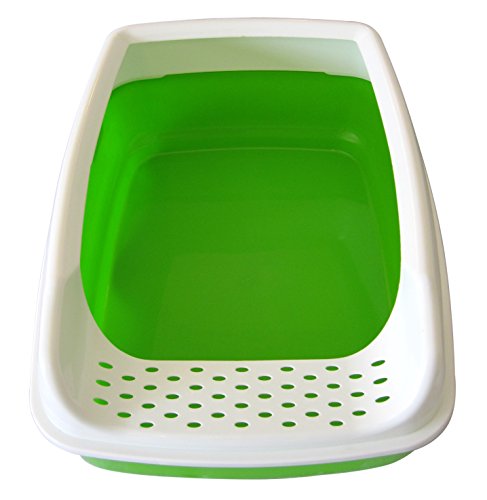 Two Meows Kitty Litter Box With Unique TM-3 Litter Catching Smart Lid - Reduces Cat Litter Scatter - Non-Stick Surface - Bright Green - 100% Money Back Guarantee
Two Meows Kitty Litter Box With Unique TM-3 Litter Catching Smart Lid - Reduces Cat Litter Scatter - Non-Stick Surface - Bright Green - 100% Money Back GuaranteeThere are a variety of different types of cat litter but clay based ones remain the most popular. They do, however, come in two types – clumping and non-clumping.
Clumping litter does what it says – it forms into clumps around wet waste and uses a substance called bentonite to do this. This means the area around it remains clean and dry and the lumps can easily be lifted out. It also means that the entire litter tray doesn’t need changing as often as with other types. It is usually more expensive upfront but saves costs as less is used over time.
Non-clumping litter doesn’t form into clumps though some use additives such as charcoal and baking soda to help absorb the urine. This allows the water to evaporate and the odour-causing elements to be kept inside. This type does need changing more often and is usually cheaper but more is used over a period of time.
The main problem owners find with cloth clumping and non-clumping clay based litters is dust. This dust can be inhaled by the cat when using the litter box and by humans when cleaning it out, causing an aggravation of the air ways. The dust also adheres to the cat’s paws and spreads around the house. Some cats can also be allergic to this dust so speak to your vet if you think your cat may be suffering from an allergy.
For some of us, environmental considerations are a major factor in the choice of cat litter. Clay based litters do end up at landfill sites, contributing to the rubbish there so litter manufacturers have created a number of environmentally friendly options for owners conscious of this. These are made from a range of natural materials including corn, wood and even recycled paper. Flushable litter is another option as this can be disposed of down the toilet and doesn’t make its way to landfill.
Odour control is the major factor when choosing litter because cats have a far more acute sense of smell than humans do. It may smell clean to us but to a cat’s nose, it may be a horror show. Ensuring the litter you pick has good odour control is very important and will help your cat accept the new product.
The size of the litter bag and the price is another element. Some litter can be bought in larger sized bags that save money but need space to be stored, while others are in single or double portion size, effectively refilling the litter tray once or twice and need less room. Clay litters tend to be the least expensive option so if price is an element, these may be the best bet. Clumping in particular can be a money-saver in the long run due to its reduced amount of waste.
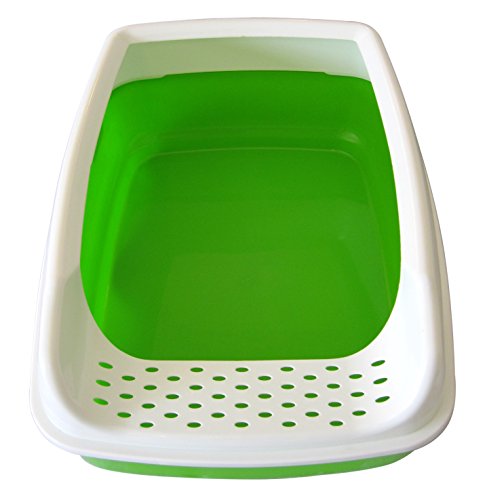 How to Introduce a New Cat
When you have a cat and deci
How to Introduce a New Cat
When you have a cat and deci
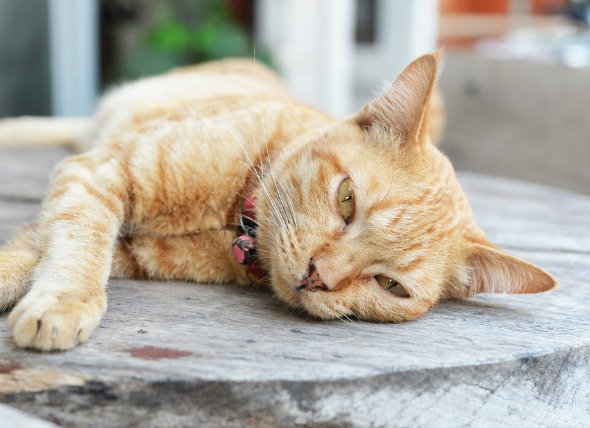 Fatty Liver Disease in Cats
Hepatic Lipidosis in Cats
Hepatic lipidosis, know
Fatty Liver Disease in Cats
Hepatic Lipidosis in Cats
Hepatic lipidosis, know
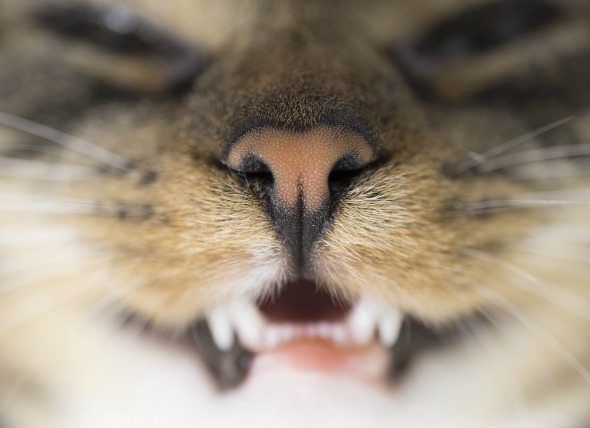 Tooth Dislocation or Sudden Loss in Cats
Tooth Luxation or Avulsion in Cats
There are diff
Tooth Dislocation or Sudden Loss in Cats
Tooth Luxation or Avulsion in Cats
There are diff
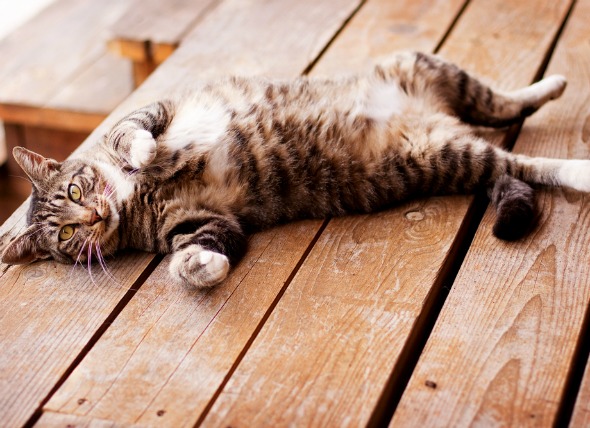 Stomach Inflammation (Atrophic) in Cats
Atrophic Gastritis in Cats
Interruptions in
Stomach Inflammation (Atrophic) in Cats
Atrophic Gastritis in Cats
Interruptions in
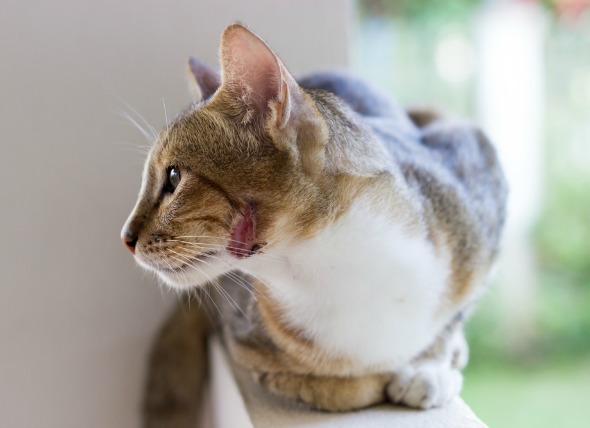 Bacterial Infection (Pyoderma) of the Skin in Cats
Pyoderma in Cats
When a cat's skin is cut or
Bacterial Infection (Pyoderma) of the Skin in Cats
Pyoderma in Cats
When a cat's skin is cut or
Copyright © 2005-2016 Pet Information All Rights Reserved
Contact us: www162date@outlook.com